Do you want to have a beautiful, lush lawn with plenty of thick and colorful grass? Planting perennial ryegrass is a great way to achieve that goal. This versatile grass variety has a lot going for it – from requiring little upkeep to staying green through the chillier months. But when should you plant this type of grass in order for it to be most successful? Read on to find out the best time and conditions necessary for planting perennial ryegrass so your yard can reach its fullest potential.
What Types of Ryegrass Are There?
Ryegrass is a hardy, adaptable grass that can thrive in a variety of climates and conditions. There are two main types of ryegrass: annual and perennial. [1]
Annual Ryegrass
Annual ryegrass is a quick-growing, cool season grass that grows best in temperatures ranging from 40-75 degrees Fahrenheit. It can sprout from seed quickly and provides temporary cover for erosion control while longer term plantings become established. This type of ryegrass is often used in areas where winter dormancy occurs due to low temperatures.

Perennial Ryegrass
Perennial ryegrass, also known as Italian ryegrass, is a fast-growing grass that can tolerate colder temperatures than annual ryegrass does. It has an extensive root system and can be used to help establish permanent lawns or pastures. This type of ryegrass is often used in areas that have periodic drought and it has good tolerance to traffic. [2]
Characteristics of Perennial Ryegrass
Perennial ryegrass is a widely used turf grass, with many desirable qualities. It is fast-growing, has excellent wear resistance and disease tolerance, and can tolerate a wide range of soil types and climatic conditions. Here are some of the characteristics that make perennial ryegrass an ideal grass for lawns:
- Heat and Drought Tolerance: Perennial ryegrass has excellent heat and drought tolerance. It can handle temperatures from 0 to 30 degrees Celsius and is able to survive extended periods of dry weather with minimal irrigation.
- Shade Tolerance: Perennial ryegrass is moderately shade tolerant, which means it will do well in areas that receive some shade during the day. It is, however, best suited to full sun locations.
- Wear and Disease Resistance: Perennial ryegrass has excellent wear resistance, making it an ideal choice for high traffic areas such as sports fields or playgrounds. Additionally, it is highly resistant to disease and can handle a wide range of soil types and climatic conditions.
- Quick Germination: Perennial ryegrass has a fast germination rate, making it suitable for new lawns or over seeding existing areas.
- Nutrient Requirements: Perennial ryegrass is relatively low maintenance and requires minimal fertilizing. It can thrive in soils that are slightly acidic to neutral, but will require more frequent feeding if the soil is highly alkaline.
- Adaptability: Perennial ryegrass is very adaptable and can be used in a wide variety of locations, from shade to full sun, and is suited for both low maintenance and high maintenance lawns. It is also suitable for use on golf courses, parks, playgrounds and sports fields.
- Appearance: Perennial ryegrass has a fine texture and deep green color, which makes it an attractive choice for lawns or other landscaping applications.
- Cost Effective: Perennial ryegrass is a cost effective turf grass option as it requires little fertilizing, fewer mowing sessions and minimal maintenance compared to other turf grass varieties. [3]
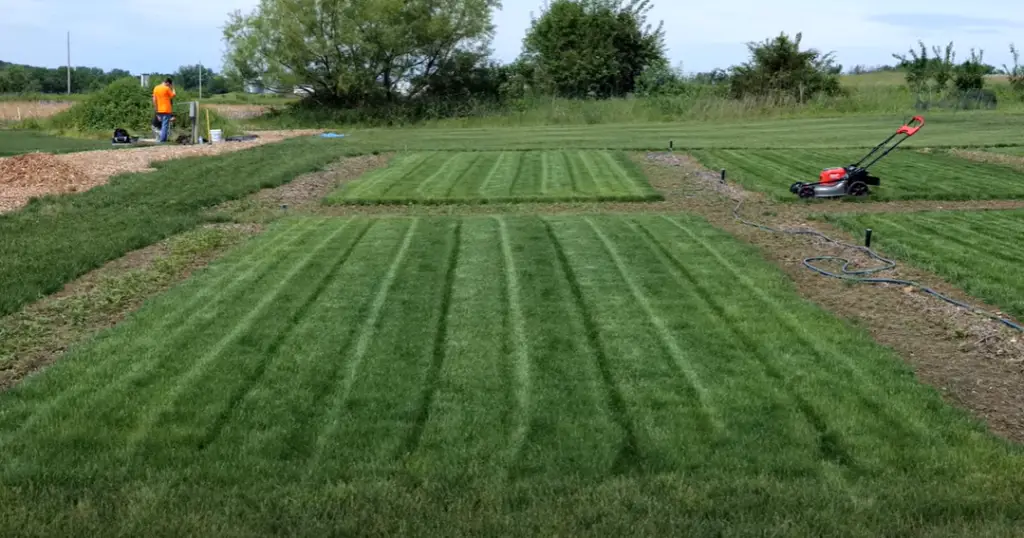
When to Plant Perennial Ryegrass?
The best time to plant perennial ryegrass is in early autumn. Planting during this time allows the grass to become established over the winter months, so it’s ready for growth when spring arrives. Planting late in the summer can also be successful, assuming temperatures are not too high and adequate moisture is available. [4]
It’s important to prepare the soil for planting perennial ryegrass. The soil should be well-drained and fertile with a pH level between 6.0 and 7.0. Loosen the topsoil to a depth of 10 inches, then spread 2 to 3 inches of compost or composted manure over the surface. Rake it in lightly then water thoroughly until you can see moisture from 6 inches deep.
For best results, overseeding is recommended every year or two. This means scattering additional grass seeds over the existing turf to thicken it and help prevent weeds from taking hold. The same process should be followed when planting perennial ryegrass as mentioned above. Once the seeds have been sown, water them in with a light misting to avoid washing them away. [5]
How to Plant Perennial Ryegrass?
Perennial ryegrass is a great choice for lawns, pastures, and sports fields. Planting perennial ryegrass is easy and can provide many benefits to the environment. Here’s what you need to know before getting started:
Choose the Right Location
When choosing a location to plant perennial ryegrass, consider the amount of sun and shade the area receives. Perennial ryegrass grows best in full sun, so make sure that you choose an area with at least 6 hours of direct sunlight each day. [6]
Prepare the Soil
Once you’ve chosen your location, prepare the soil for planting. Loosen up the soil with a pitchfork and mix in some organic matter such as compost or manure to help with drainage and nutrient retention. It’s also important to test your soil’s pH level; perennial ryegrass prefers a slightly acidic pH of between 6 and 7.
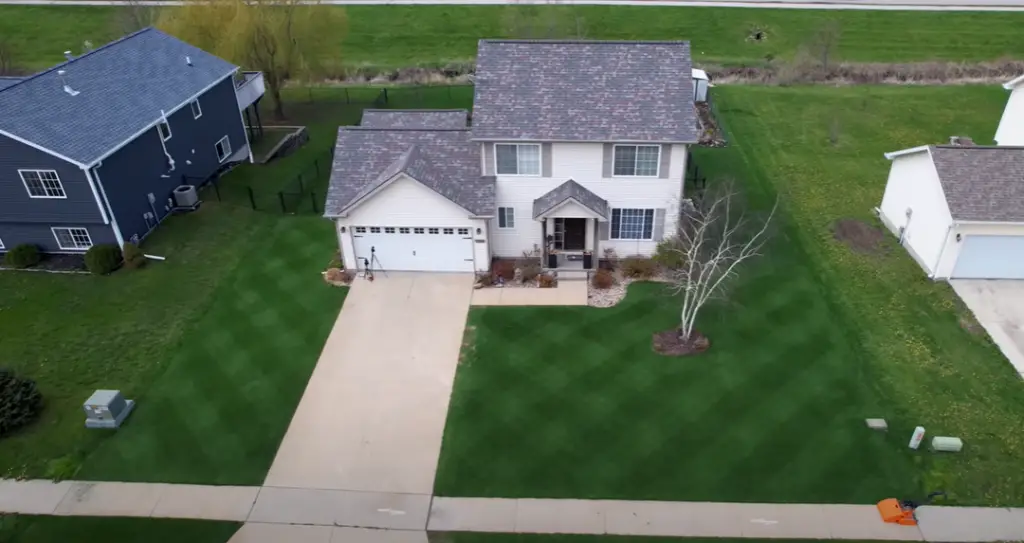
Plant the Seed
Once your soil is prepared, it’s time to plant the seed. The best time for planting perennial ryegrass is in early spring or late fall when temperatures are cooler and the soil is moist. Use a fertilizer spreader to evenly distribute the seed and lightly rake it into the soil.
Watering & Maintenance
Once planted, make sure that you keep your perennial ryegrass well watered. Water your lawn one to two times per week for the first month and then reduce watering to once a week until the grass is established. Mowing your grass regularly will also help promote healthy growth.
Fertilizing & Weed Control
In order to maintain a healthy and lush lawn, it’s important to fertilize your perennial ryegrass regularly. The best time for fertilizing is in the spring when temperatures are rising and the grass is actively growing. Additionally, you may need to control weeds from time to time using an herbicide. Always follow the instructions on the label when using any type of herbicide or fertilizer.
Replanting Your Lawn
Perennial ryegrass will not last forever, so you may need to replant your lawn every few years in order to maintain healthy growth. Planting perennial ryegrass can be a time consuming and labor-intensive process, but the end result is a lush and vibrant lawn that requires little maintenance. With proper care and attention, your perennial ryegrass lawn will provide you with years of enjoyment.
Enjoy the Benefits!
Perennial ryegrass has many benefits, including its ability to out-compete weeds and its resilience to drought. It also requires less fertilizer than other types of grasses, making it a more environmentally friendly choice. With the proper care, your perennial ryegrass will be an attractive addition to your landscape for years to come! [7]
How to Care for Perennial Ryegrass?
Perennial Ryegrass is one of the most popular and versatile grasses used for lawns, pastures, sports fields and golf courses. It has a low maintenance requirement and its dark green color is attractive when maintained properly. Here are some tips on how to care for your perennial ryegrass lawn:
- Mow your Perennial Ryegrass regularly. To keep it healthy and vigorous, mow your lawn at least once a week in the spring and fall, and twice a week during the summer months. Be sure to set your mower blade height to between 2-3 inches.
- Water your Perennial Ryegrass regularly, but don’t overwater it. Generally, watering your lawn once a week is enough during the spring and fall months, but during the summer months, you may need to increase this frequency to twice a week.
- Fertilize your Perennial Ryegrass in the spring and summer with a fertilizer that is appropriate for cool season grasses.
- Aerate your Perennial Ryegrass regularly. This will help improve the soil structure, promote deep root growth and relieve compaction. Aeration should be done once a year in the spring or fall months.
- Apply a pre-emergent herbicide in early spring to reduce weed populations in your lawn. This should be done before weeds have had a chance to germinate.
- Remove weeds manually if needed, being careful not to damage the roots of your Perennial Ryegrass.
- Maintain a healthy soil pH by testing your soil regularly and applying lime or sulfur as needed. A soil pH between 6.0 and 7.0 is ideal for Perennial Ryegrass lawns.
- Prune any dead or dying grass blades to keep your lawn looking neat and healthy. This should be done every few weeks in the spring and summer months.
By following these tips, you can ensure that your Perennial Ryegrass lawn will look lush and green all year round. With the right care, you’ll have a beautiful lawn that is the envy of your neighbors. [8]
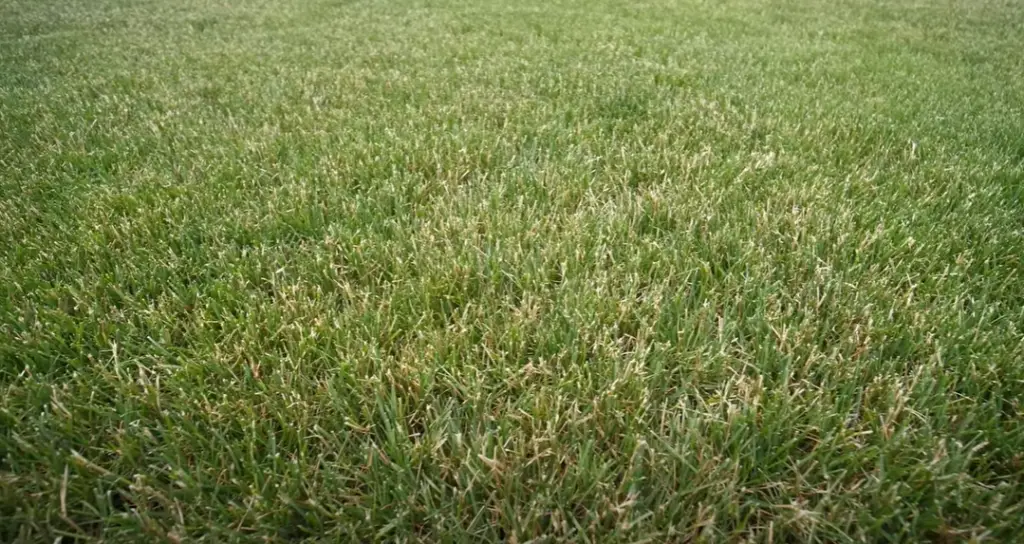
Perennial Ryegrass vs Annual Ryegrass
Perennial ryegrass and annual ryegrass are two different types of grasses commonly used in lawns, sports fields, and pastures. While both types of grasses have a lot of similarities, there are some key differences you should be aware of when deciding which type to use.
- Growth Habits: Perennial ryegrass is a fast-growing grass that will quickly establish itself in a lawn or pasture. It has an extensive root system, which makes it more drought tolerant and able to withstand wear and tear. However, its growth habit also means that it needs to be mowed more often. Annual ryegrass, on the other hand, is slower growing but can reach a height of up to 18 inches.
- Temperature Tolerance: Perennial ryegrass prefers cooler temperatures and will go dormant during hot summers. Annual ryegrass, however, tolerates both warm and cold temperatures better than perennial varieties.
- Shade Tolerance: Perennial ryegrass is much better suited to areas with full sun, while annual ryegrass can do well in shady spots.
- Cost: Perennial ryegrass generally costs more than annual varieties due to its faster growth rate and need for more frequent mowing. [9]
Common Pests and Plant Diseases for Perennial Ryegrass
Perennial ryegrass is generally a hardy grass, but can be subject to certain pests and diseases. Common fungal diseases that affect perennial ryegrass include:
Dollar Spot
Dollar Spot is an infection caused by the fungus Sclerotinia homoeocarpa. Symptoms of this disease include small (up to 1-2 inches in diameter) circular patches of straw colored grass with thinning and decaying blades. Dollar Spot is most active during periods of high humidity, so it’s important to take steps to reduce moisture levels in the soil, such as aeration and thatching.
Rust Disease
Rust disease is caused by the fungus Puccinia spp., and can appear as reddish-orange to brown patches on the blades of grass. It’s most noticeable during the spring and summer months, when humidity levels are high. To control rust disease, it’s important to avoid over-watering, and to use a combination of cultural management practices such as removing infected leaves and applying fungicides.
Red Thread
Red thread is caused by the fungus Laetisaria fuciformis, which can appear as reddish-purple threads on blades of grass. It’s most active during periods of high humidity and temperatures between 60 and 75 degrees Fahrenheit. To control red thread, it’s important to keep the grass mowed at a height of 2-3 inches, and to avoid over-fertilizing or over-watering the lawn. Applying fungicides can also help to prevent the spread of this disease.
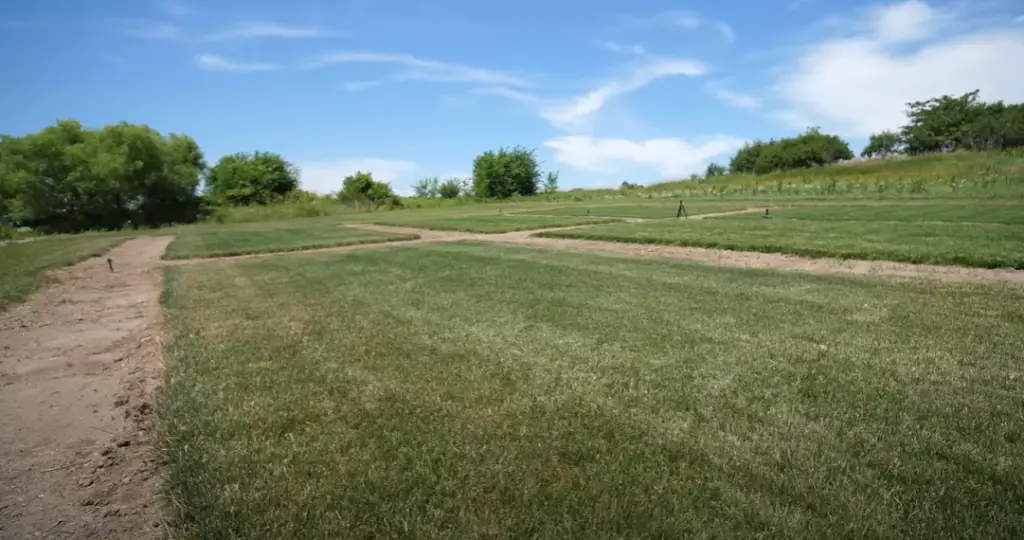
Brown Patch
Brown patch is caused by the fungus Rhizoctonia solani, and appears as circular patches of brown, wilted grass. It’s most active during periods of high humidity and temperatures between 70 and 90 degrees Fahrenheit. To control this disease, it’s important to keep the lawn mowed at a height of 2-3 inches, and to apply fungicides when necessary. Additionally, removing thatch from the lawn can help to reduce the amount of moisture present in the soil.
In addition to these fungal diseases, perennial ryegrass is also susceptible to certain insect pests. Common pests that can attack this grass include:
Chinch Bugs
Chinch bugs are tiny insects that feed on the fluids from blades of grass, causing them to turn yellow or brown. To control these bugs, it’s important to regularly inspect the lawn for signs of damage and to use insecticides if necessary.
Crane Flies
Crane flies are long-legged insects that can cause significant damage to blades of grass. To control these pests, it’s important to mow the grass frequently and keep the lawn free of debris. Applying insecticides can also help to reduce the population of crane flies.
Sod Webworms
Sod webworms are small caterpillars that feed on blades of grass, causing them to wilt and turn brown. To control these pests, it’s important to inspect the lawn for signs of damage and apply insecticides if necessary. Additionally, maintaining a healthy lawn by regularly fertilizing and watering can also help to keep these pests away.
By taking the necessary steps to protect perennial ryegrass from common pests and diseases, you can ensure that your lawn stays lush and healthy for years to come. In addition to controlling pests and diseases, it’s also important to practice proper cultural management techniques such as aeration, thatching, and mowing. By following these basic tips, you can ensure that your lawn remains beautiful and healthy for years to come. [10]
FAQs
What are the best conditions for perennial ryegrass?
Perennial ryegrass prefers a sunny to partially shaded location and moist, well-drained soil. It’s tolerant of a wide range of pH levels (5.0–7.8) and can handle heavy clay soils if they have adequate drainage. For best growth, the temperature should stay above 60°F (15°C). Perennial ryegrass can also withstand some cold temperatures but will go dormant and turn brown when the temperature drops below 40°F (4°C). For optimal nutrient uptake, this grass should be fertilized at least twice a year. It’s best to apply a slow-release fertilizer in late spring or early summer and again in late fall. Watering regularly will help keep the grass healthy and vigorous. With proper care, perennial ryegrass can last for several years.
What is the fastest growing grass seed?
The fastest growing grass seed varies depending on your climate and soil type. In general, cool season grasses like Kentucky bluegrass or perennial ryegrass tend to establish themselves quickly and can be ready for mowing within a few weeks of planting. Warm season grasses such as Bermuda grass or Zoysia grass may take longer to establish themselves in the beginning, but can be a great choice for lawns in warmer climates.
To ensure the fastest possible growth and establishment of grass seed, you should use quality soil conditioners to create an ideal environment for healthy root growth. Soil additives such as compost or peat moss can help retain moisture, aerate the soil and improve fertility, all of which will encourage faster germination and stronger plant growth.
What is the strongest grass to grow?
For areas with higher maintenance requirements, such as an urban area or in a golf course, zoysia grass is a good choice due to its drought resistance and thick growth. It also requires less mowing than other varieties of grasses. Fescue grasses are another good choice for areas that require a lot of maintenance due to their ability to withstand heavy foot traffic.
For lawns that receive more shade, a shade tolerant grass such as Tall Fescue is your best bet. It’s not only able to tolerate periods of darkness but also has high wear tolerance making it ideal for high-traffic areas. Perennial Ryegrass is another good choice for areas with less sun as it has a fast germination rate and can withstand some shade. It’s also one of the most resilient grasses, making it ideal for areas that are prone to extreme weather conditions.
What is the toughest grass to grow?
Generally speaking, some of the most challenging grasses to cultivate are Zoysia, Bermuda, St. Augustine, and Centipede grasses. These types of grass typically require more maintenance than other varieties in order to maintain their lush look. Common problems associated with these grasses include weeds, soil compaction, disease, and drought-stress. Therefore, it is important to make sure that the lawn has proper care and attention in order to prevent any of these issues from occurring.
Useful Video: Perennial Ryegrass Pros and Cons
The Bottom Line
Perennial ryegrass is one of the most versatile and hardy cool-season grasses. It is a great choice for both ornamental and functional lawns alike. While its hardiness allows it to withstand all sorts of temperature changes, it’s important to remember that its growth rate also changes with the weather and should be kept in mind before planting. Planting perennial ryegrass in the late summer or early fall after the heat of the summer is recommended for best growth. So if you’re looking to give your lawn a stunning makeover, perennial ryegrass may be just what you need!
References:
- https://gardentabs.com/types-of-ryegrass/
- https://fyi.extension.wisc.edu/forage/ryegrass-types-for-pasture-and-hay/
- https://agsci.oregonstate.edu/beaverturf/perennial-ryegrass-lolium-perenne-l
- https://www.pennington.com/all-products/grass-seed/resources/all-you-need-to-know-about-perennial-ryegrass
- https://www.planetnatural.com/perennial-ryegrass/
- https://www.naturesseed.com/grass-seed/perennial-ryegrass/how-to-plant-and-grow/
- https://www.wikihow.com/Plant-Rye-Grass
- https://lawnlove.com/blog/perennial-ryegrass-guide/
- https://www.crabgrasslawn.com/annual-ryegrass-vs-perennial-ryegrass/
- https://orgprints.org/id/eprint/32589/6/2013-pest-and-disease-control.pdf





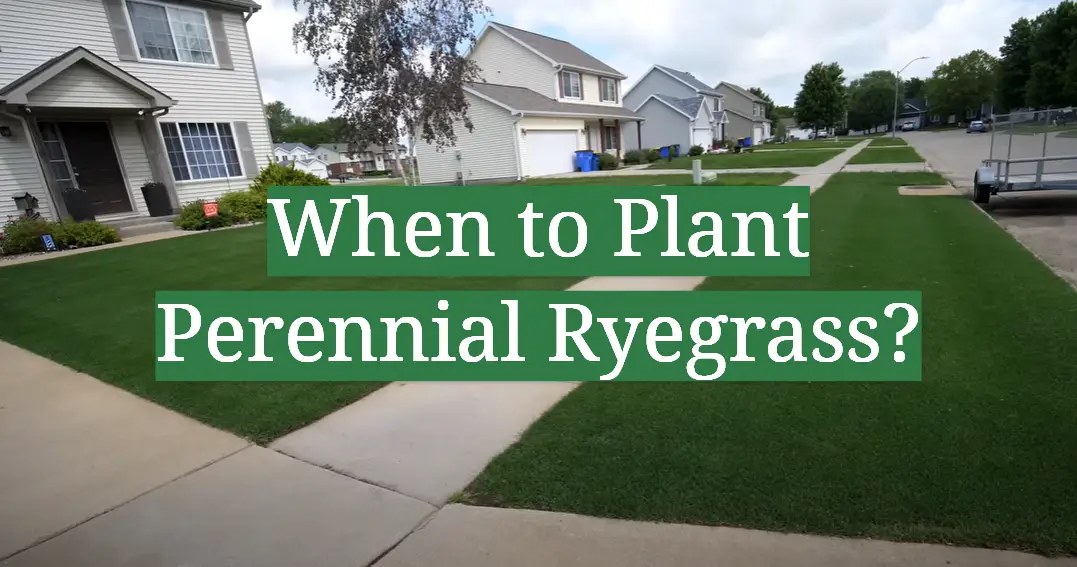
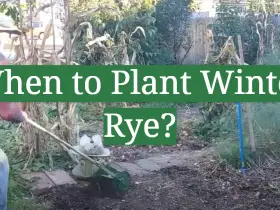


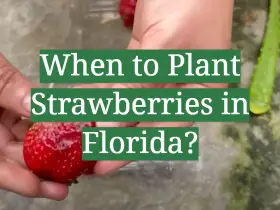
Leave a Reply
View Comments